Home>Technology>Home Entertainment Systems>How To Set Up A Home Theater Surround Sound System
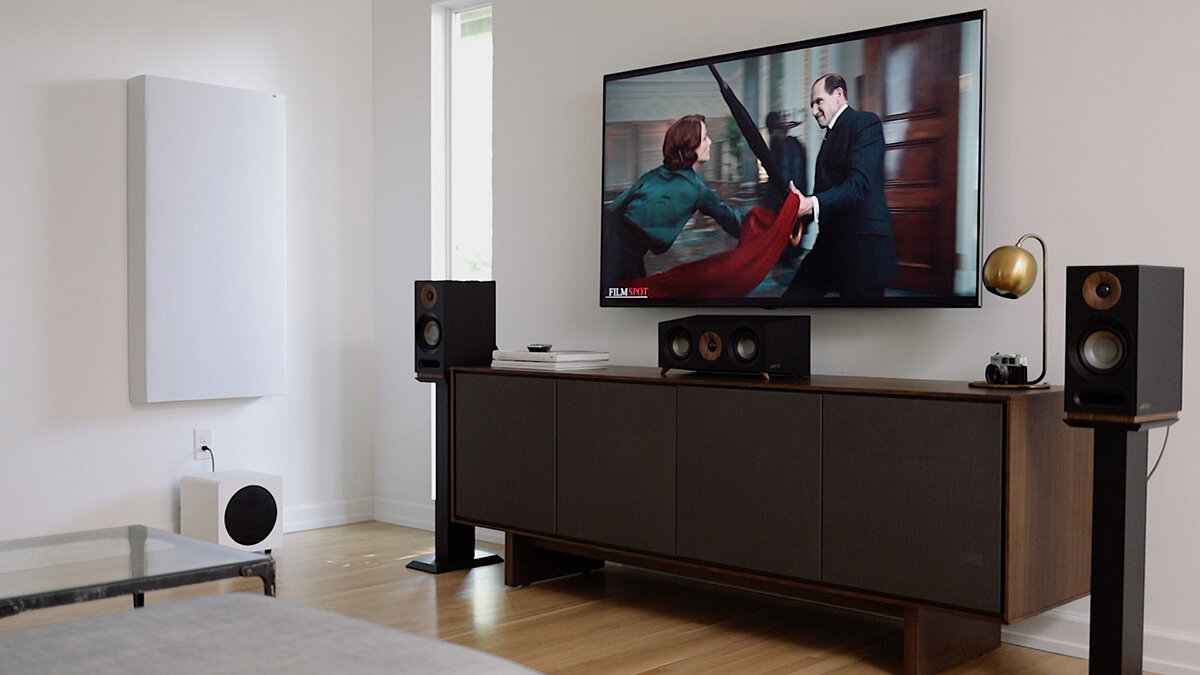

Home Entertainment Systems
How To Set Up A Home Theater Surround Sound System
Published: February 15, 2024
Learn how to set up a home theater surround sound system for the ultimate entertainment experience. Get expert tips and advice on home entertainment systems.
(Many of the links in this article redirect to a specific reviewed product. Your purchase of these products through affiliate links helps to generate commission for Storables.com, at no extra cost. Learn more)
Introduction
Setting up a home theater surround sound system can transform your living room into a captivating entertainment hub, providing an immersive audio experience that rivals the quality of a commercial movie theater. Whether you're a movie enthusiast, a gaming aficionado, or a music lover, a well-designed home theater system can elevate your audio-visual encounters to new heights. With the right combination of speakers, receiver, and calibration, you can create a multi-dimensional soundstage that brings your favorite media to life.
A home theater surround sound system typically consists of multiple speakers strategically positioned around the viewing area, working in harmony to deliver a rich and encompassing audio experience. The setup often includes a subwoofer for deep bass reproduction, front speakers for clear dialogue and sound effects, surround speakers for ambient sounds, and a center speaker for anchoring dialogue to the screen. The heart of the system is the audio/video receiver, which acts as the control center, processing and distributing audio signals to the speakers while also serving as a hub for connecting various media sources.
The allure of a home theater surround sound system lies in its ability to transport you into the heart of the action, allowing you to feel the rumble of explosions, the whisper of wind, and the subtle nuances of a musical score with remarkable clarity and depth. Whether you're watching a thrilling blockbuster, playing an intense video game, or simply enjoying your favorite music, the immersive nature of surround sound can heighten your emotional connection to the content, making the experience more engaging and memorable.
In the following sections, we will delve into the essential components and steps for setting up a home theater surround sound system, guiding you through the process of selecting the right speakers, receiver, and calibration techniques. By the end of this guide, you'll be well-equipped to create a captivating home theater experience that resonates with the power and finesse of professional audio systems. Let's embark on this journey to unlock the full potential of your home entertainment space.
Key Takeaways:
- Transform your living room into a captivating entertainment hub with a home theater surround sound system, creating an immersive audio experience that rivals commercial movie theaters. Elevate your entertainment endeavors to new heights with the right combination of speakers, receiver, and calibration techniques.
- Selecting the right speakers, receiver, and calibration techniques is crucial for creating a captivating home theater surround sound system. Carefully consider speaker configuration, size, power handling, receiver compatibility, and room calibration to unlock the full potential of your entertainment space.
Read more: How To Improve Home Theater Sound
Choosing the Right Speakers
Selecting the right speakers is a pivotal step in creating a captivating home theater surround sound system. The speakers serve as the primary conduits for delivering audio content, and their quality and placement significantly impact the overall sound experience. When choosing speakers for your home theater, several key factors should be considered to ensure optimal performance and compatibility with your space.
Speaker Configuration
The first consideration when choosing speakers is the configuration that best suits your needs. A typical surround sound setup includes front speakers, surround speakers, a center speaker, and a subwoofer. Front speakers are responsible for delivering dialogue, music, and sound effects with clarity and precision, making them essential for anchoring the audio experience. Surround speakers create an immersive ambiance by enveloping the listener in a 360-degree sound field, enhancing the spatial dimension of the audio. The center speaker plays a crucial role in reproducing dialogue and vocals, ensuring that on-screen conversations are clear and intelligible. Lastly, the subwoofer adds depth and impact to the sound, delivering low-frequency effects and bass notes with visceral impact.
Speaker Size and Power Handling
The size and power handling of the speakers are vital considerations that directly impact their performance. Larger rooms may benefit from floor-standing speakers that can fill the space with robust sound, while smaller rooms may be better suited for compact bookshelf speakers. Additionally, understanding the power handling capabilities of the speakers is crucial to ensure compatibility with the audio/video receiver. Matching the power requirements of the speakers with the output capabilities of the receiver helps prevent distortion and ensures optimal performance.
Speaker Placement
Equally important is the placement of the speakers within the room. Front speakers should be positioned at ear level when seated, ideally forming an equilateral triangle with the primary viewing position. Surround speakers are typically placed to the sides or behind the seating area, creating a sense of envelopment without overpowering the front soundstage. The center speaker should be aligned with the screen, ensuring that dialogue and vocals emanate from the on-screen actors. As for the subwoofer, proper placement can significantly impact bass response, with corner placement often yielding favorable results.
Read more: What Is The Best Home Theater Sound System
Speaker Brand and Compatibility
When exploring speaker options, consider reputable brands known for their commitment to audio excellence. Additionally, ensuring compatibility between the speakers and the audio/video receiver is crucial for seamless integration and optimal performance. Some manufacturers offer speaker bundles designed for specific receiver models, simplifying the selection process and ensuring a cohesive audio system.
By carefully considering the speaker configuration, size, power handling, placement, and compatibility, you can select speakers that harmonize with your home theater space, delivering a captivating and immersive audio experience that elevates your entertainment endeavors.
Selecting the Right Receiver
The audio/video receiver serves as the central hub of a home theater surround sound system, acting as the command center for processing and distributing audio signals to the connected speakers. When selecting the right receiver for your setup, several crucial factors should be taken into account to ensure seamless integration, optimal performance, and future-proof connectivity.
Audio and Video Compatibility
One of the primary considerations when choosing a receiver is its compatibility with the audio and video sources in your home theater. The receiver should support the audio formats and video resolutions of your media devices, ensuring that you can fully leverage the capabilities of your Blu-ray players, gaming consoles, streaming devices, and other audio/video sources. Additionally, support for advanced audio codecs such as Dolby Atmos, DTS:X, and IMAX Enhanced can elevate the immersive nature of the audio experience, delivering multidimensional soundscapes that captivate the listener.
Channel Configuration and Power Output
The channel configuration of the receiver dictates the number of speakers it can accommodate, with common configurations including 5.1, 7.1, and 9.1 channels. Understanding your desired speaker layout and the size of your room is essential for determining the appropriate channel configuration. Additionally, the power output of the receiver should align with the power handling capabilities of your speakers, ensuring that the receiver can drive the speakers to their full potential without distortion or strain.
Read more: How To Connect Surround Sound To Projector
Connectivity Options
A versatile receiver should offer a wide array of connectivity options to accommodate various audio and video sources. HDMI inputs and outputs are essential for seamless transmission of high-definition audio and video signals, while optical and coaxial digital inputs cater to legacy audio devices. USB ports, Bluetooth, and Wi-Fi connectivity can enhance the receiver's versatility, allowing for wireless streaming and integration with smart home ecosystems.
Room Calibration and EQ Features
Advanced receivers often feature room calibration and equalization (EQ) technologies designed to optimize the audio performance based on the acoustics of the room. Automated calibration systems, such as Audyssey and Dirac Live, analyze the acoustic characteristics of the listening environment and adjust the speaker settings to deliver balanced and accurate sound. Additionally, built-in EQ features enable manual fine-tuning, allowing enthusiasts to tailor the audio output to their preferences.
Future-Proofing and Upgradability
As technology evolves, future-proofing your home theater system becomes increasingly important. Selecting a receiver with firmware update capabilities and modular expansion options can prolong its relevance in the rapidly advancing audio/video landscape. Additionally, considering the potential for system expansion and the compatibility of the receiver with emerging audio and video standards can safeguard your investment and ensure long-term satisfaction.
By carefully evaluating the audio and video compatibility, channel configuration, connectivity options, room calibration features, and future-proofing aspects of the receivers, you can make an informed decision that aligns with your home theater aspirations, unlocking the full potential of your surround sound system.
Setting Up the Speakers
Setting up the speakers is a critical phase in establishing a captivating home theater surround sound system. Proper placement and configuration of the speakers are essential for achieving an immersive and balanced audio experience that complements the visual elements of your entertainment space.
Speaker Placement
The placement of each speaker within the room significantly influences the overall soundstage and spatial immersion. Front speakers, responsible for delivering dialogue, music, and sound effects, should ideally be positioned at ear level when seated, forming an equilateral triangle with the primary viewing position. This arrangement ensures that the audio emanates from a natural and cohesive focal point, enhancing the clarity and impact of the sound.
Surround speakers play a pivotal role in enveloping the listener in a 360-degree audio environment, heightening the sense of immersion. Placing the surround speakers to the sides or behind the seating area, slightly above ear level, can create a seamless and encompassing audio backdrop without overpowering the front soundstage.
The center speaker, dedicated to reproducing dialogue and vocals, should be precisely aligned with the screen, ensuring that on-screen conversations are anchored to the visual elements. This alignment enhances the coherence of audio-visual cues, allowing for a seamless integration of dialogue and action.
As for the subwoofer, strategic placement can significantly impact bass response and overall sound balance. While corner placement often yields favorable results by leveraging room boundaries to enhance bass reinforcement, experimenting with different positions and utilizing the receiver's calibration tools can help optimize the subwoofer's performance based on the room's acoustics.
Speaker Configuration and Calibration
Once the speakers are positioned, configuring the speaker settings within the audio/video receiver is crucial for ensuring that each speaker operates harmoniously within the system. This involves specifying the size, distance, and crossover settings for each speaker, allowing the receiver to distribute audio signals effectively and maintain a cohesive soundstage.
Calibrating the speaker levels using an SPL meter or the receiver's built-in calibration system is essential for achieving balanced audio output across all speakers. This process involves adjusting the volume levels of each speaker to ensure uniform sound distribution, compensating for variations in speaker distances and room acoustics.
By meticulously setting up the speakers and leveraging the calibration tools provided by the audio/video receiver, you can establish a home theater surround sound system that delivers a captivating and immersive audio experience, enriching your entertainment endeavors with multidimensional soundscapes that resonate with cinematic finesse.
Calibrating the System
Calibrating a home theater surround sound system is a crucial step in ensuring optimal audio performance and a truly immersive listening experience. By fine-tuning the settings and levels of the speakers, as well as leveraging advanced calibration technologies, you can unlock the full potential of your audio system and achieve a balanced, enveloping soundstage that complements your visual entertainment.
Speaker Level Adjustment
The process of calibrating the system often begins with adjusting the levels of each speaker to achieve uniform sound distribution throughout the listening area. This can be accomplished using a sound pressure level (SPL) meter or the built-in calibration system of the audio/video receiver. By measuring the output of each speaker and adjusting their volume levels, you can ensure that the sound is balanced and cohesive, regardless of the listener's position within the room. This step is essential for maintaining dialogue clarity, sound effects precision, and overall audio immersion.
Distance and Delay Settings
In addition to adjusting the speaker levels, configuring the distance and delay settings within the receiver is crucial for synchronizing the audio output and creating a seamless soundstage. By specifying the distance of each speaker from the primary listening position, the receiver can compensate for sound propagation delays, ensuring that the audio reaches the listener at the intended time, aligning with the visual cues on the screen. This synchronization enhances the coherence of the audio-visual experience, eliminating potential discrepancies that may arise from speaker placement variations.
Room Acoustic Analysis and EQ Optimization
Advanced audio/video receivers often feature room calibration technologies designed to analyze the acoustic characteristics of the listening environment and optimize the speaker settings accordingly. Automated calibration systems, such as Audyssey, Dirac Live, or proprietary room EQ algorithms, can assess the room's acoustics, including reflections, resonances, and frequency response anomalies, and apply corrective measures to achieve a more accurate and balanced sound reproduction. By leveraging these technologies, you can mitigate the impact of room acoustics on the audio performance, resulting in a more refined and natural listening experience.
Subwoofer Integration and Bass Management
Calibrating the subwoofer is a critical aspect of achieving a well-balanced and impactful low-frequency reproduction. By configuring the crossover settings, phase alignment, and volume levels of the subwoofer, you can seamlessly integrate it with the rest of the speakers, ensuring that the bass frequencies are reproduced with precision and authority. Proper subwoofer calibration enhances the overall dynamics of the audio, adding depth and visceral impact to the sound without overpowering or overshadowing the midrange and treble frequencies.
By meticulously calibrating the system, you can unleash the full potential of your home theater surround sound setup, creating a captivating audio environment that elevates your entertainment experiences to new heights. The attention to detail in speaker level adjustment, distance and delay settings, room acoustic analysis, and subwoofer integration culminates in a cohesive and immersive soundstage that resonates with the finesse and impact of professional audio systems.
Enjoying Your Home Theater Experience
With your home theater surround sound system meticulously set up and calibrated to perfection, it's time to immerse yourself in the unparalleled audio-visual splendor it offers. As you settle into your favorite viewing spot, whether it's a plush recliner or a cozy sofa, prepare to embark on a journey of cinematic immersion and sonic enchantment.
As the lights dim and the screen comes to life, the symphony of sound begins to unfold, drawing you into a world where every whisper, explosion, and musical note is rendered with breathtaking clarity and depth. The front speakers, meticulously positioned to deliver dialogue, music, and sound effects, anchor the sonic landscape, ensuring that every utterance and subtle nuance is conveyed with precision and impact.
The surround speakers, strategically placed to envelop you in a 360-degree audio embrace, transport you to the heart of the action, immersing you in a symphony of ambient sounds and spatial acoustics that blur the boundaries between reality and fiction. The seamless integration of the surround sound elements creates a captivating sense of presence, allowing you to feel the rustle of leaves, the echo of footsteps, and the whisper of the wind with astonishing realism.
Meanwhile, the center speaker, aligned with the screen, ensures that every line of dialogue is seamlessly anchored to the on-screen actors, enhancing the coherence of audio-visual cues and preserving the integrity of storytelling. The subwoofer, with its strategic placement and calibrated bass reproduction, adds a visceral dimension to the experience, delivering thunderous low-frequency effects and resonant bass notes that reverberate through the room, eliciting a physical response that transcends mere listening.
As the audio/video receiver orchestrates this symphony of sound, seamlessly distributing audio signals and synchronizing the sonic elements, you are enveloped in a multi-dimensional soundstage that transcends the confines of your living space. Whether you're delving into the depths of a gripping thriller, exploring the immersive realms of a video game, or simply savoring the nuances of a musical masterpiece, the home theater surround sound system elevates every moment, infusing it with emotion, intensity, and sheer audio-visual grandeur.
The captivating home theater experience extends beyond mere entertainment; it becomes a journey of sensory exploration, where the boundaries between fiction and reality blur, and the power of sound transcends the confines of technology, resonating with the depths of human emotion. It's a testament to the artistry of audio engineering and the transformative nature of immersive sound, inviting you to surrender to the allure of cinematic enchantment within the comfort of your own home.
In this realm of sonic enchantment, every viewing session becomes an odyssey, every sound a revelation, and every moment an invitation to lose yourself in the magic of storytelling and the power of audio immersion. As you revel in the captivating home theater experience, remember that the true essence of this sonic symphony lies not just in the technology that fuels it, but in the emotions it evokes and the memories it etches in the depths of your being.
Frequently Asked Questions about How To Set Up A Home Theater Surround Sound System
Was this page helpful?
At Storables.com, we guarantee accurate and reliable information. Our content, validated by Expert Board Contributors, is crafted following stringent Editorial Policies. We're committed to providing you with well-researched, expert-backed insights for all your informational needs.
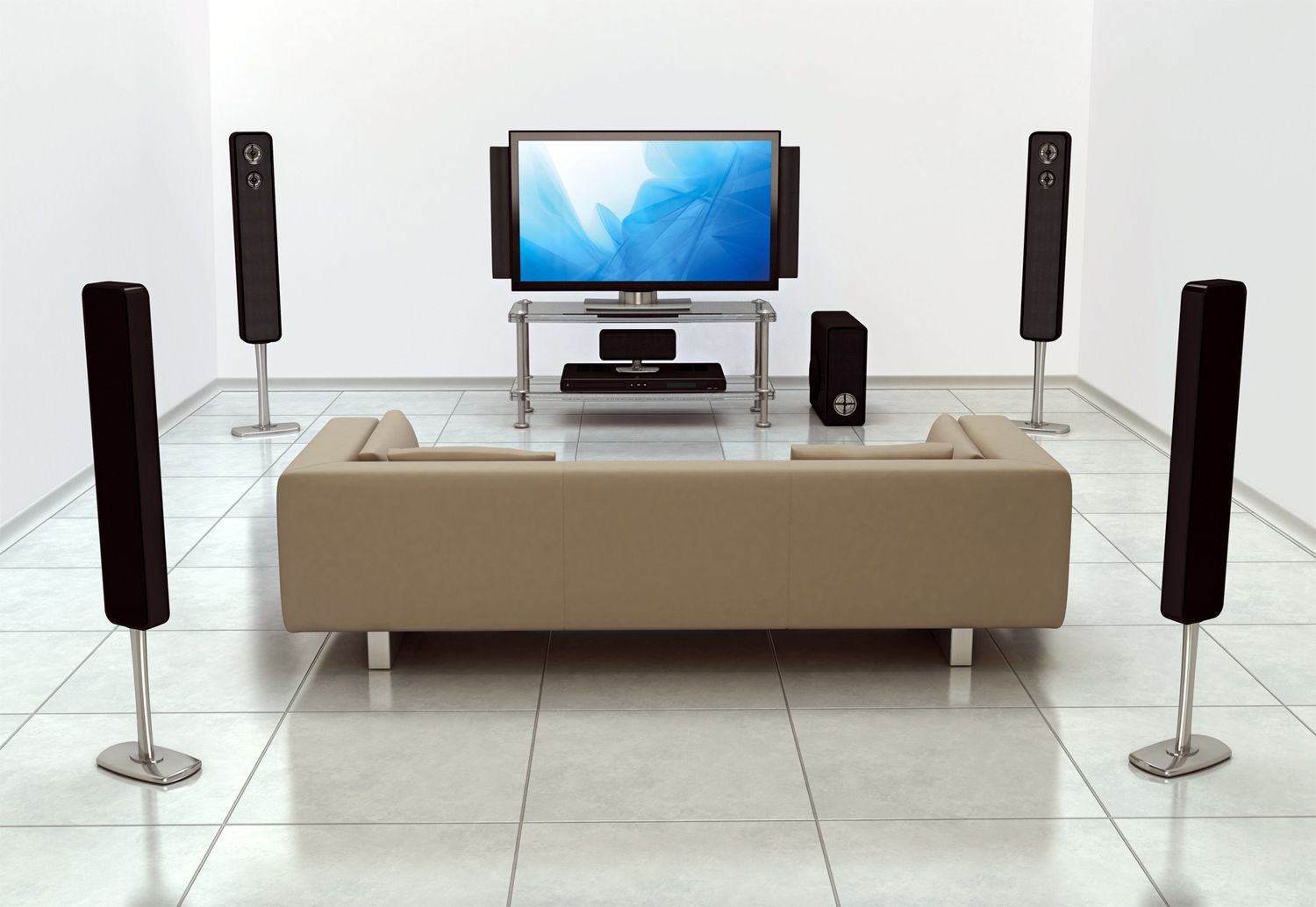
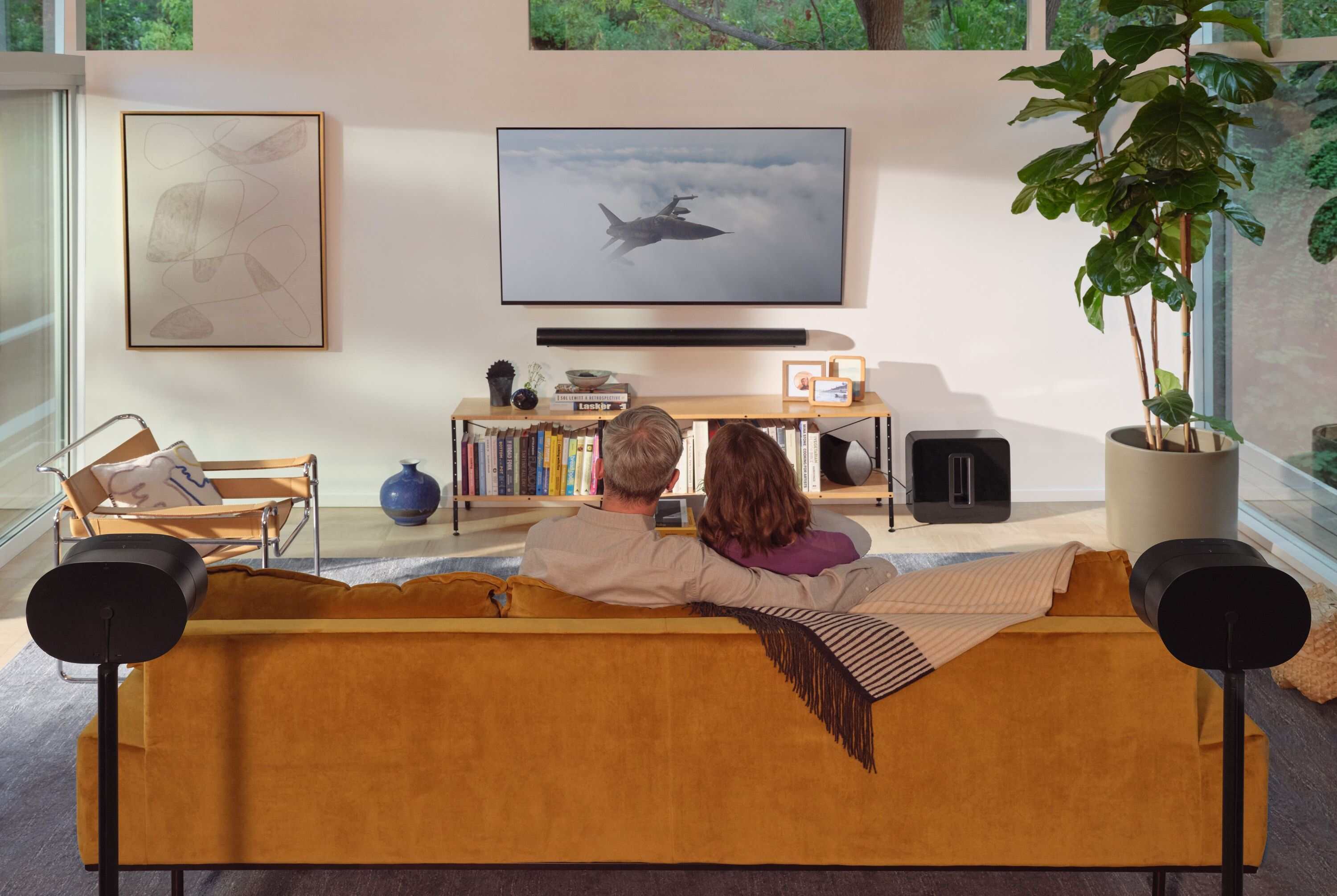
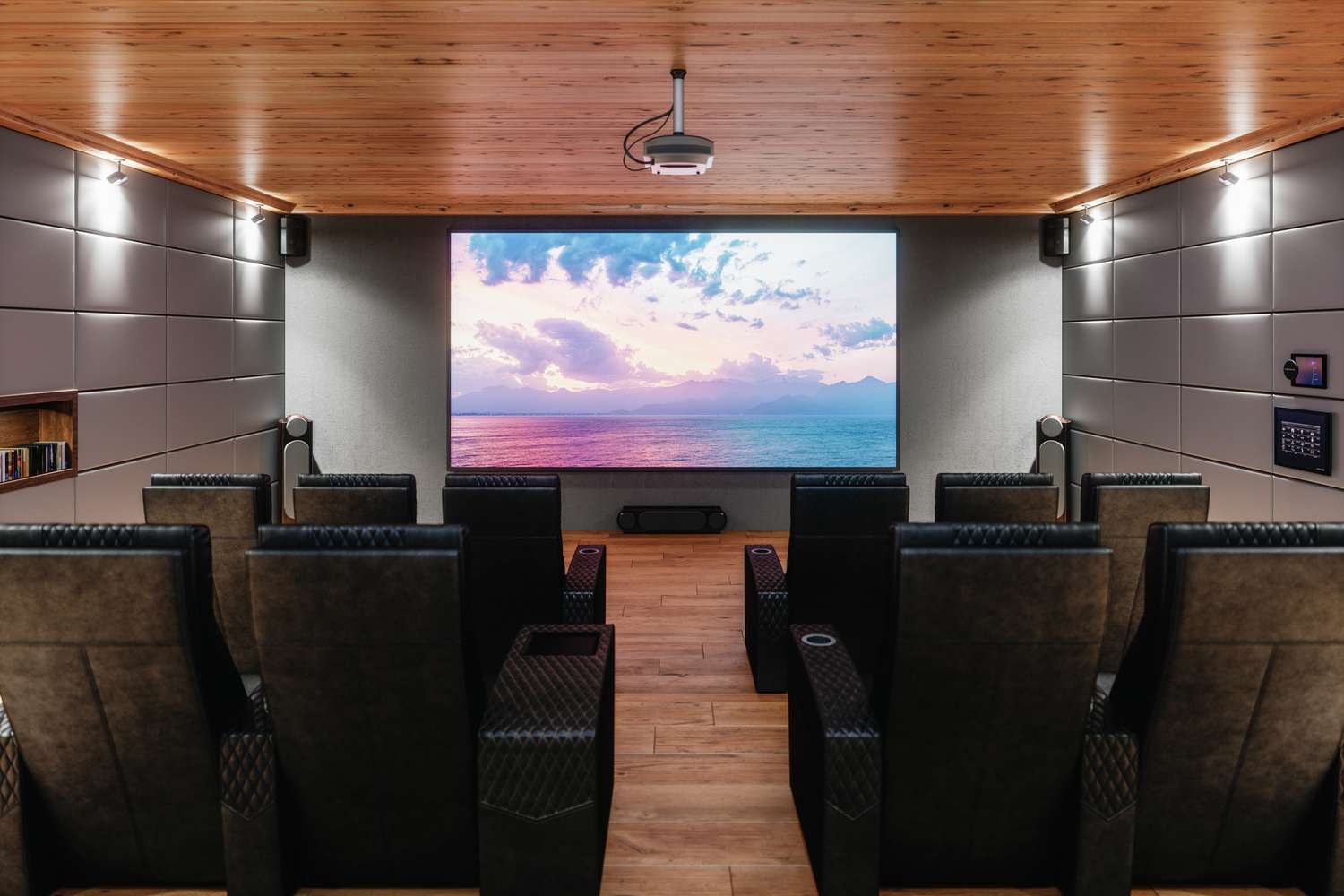
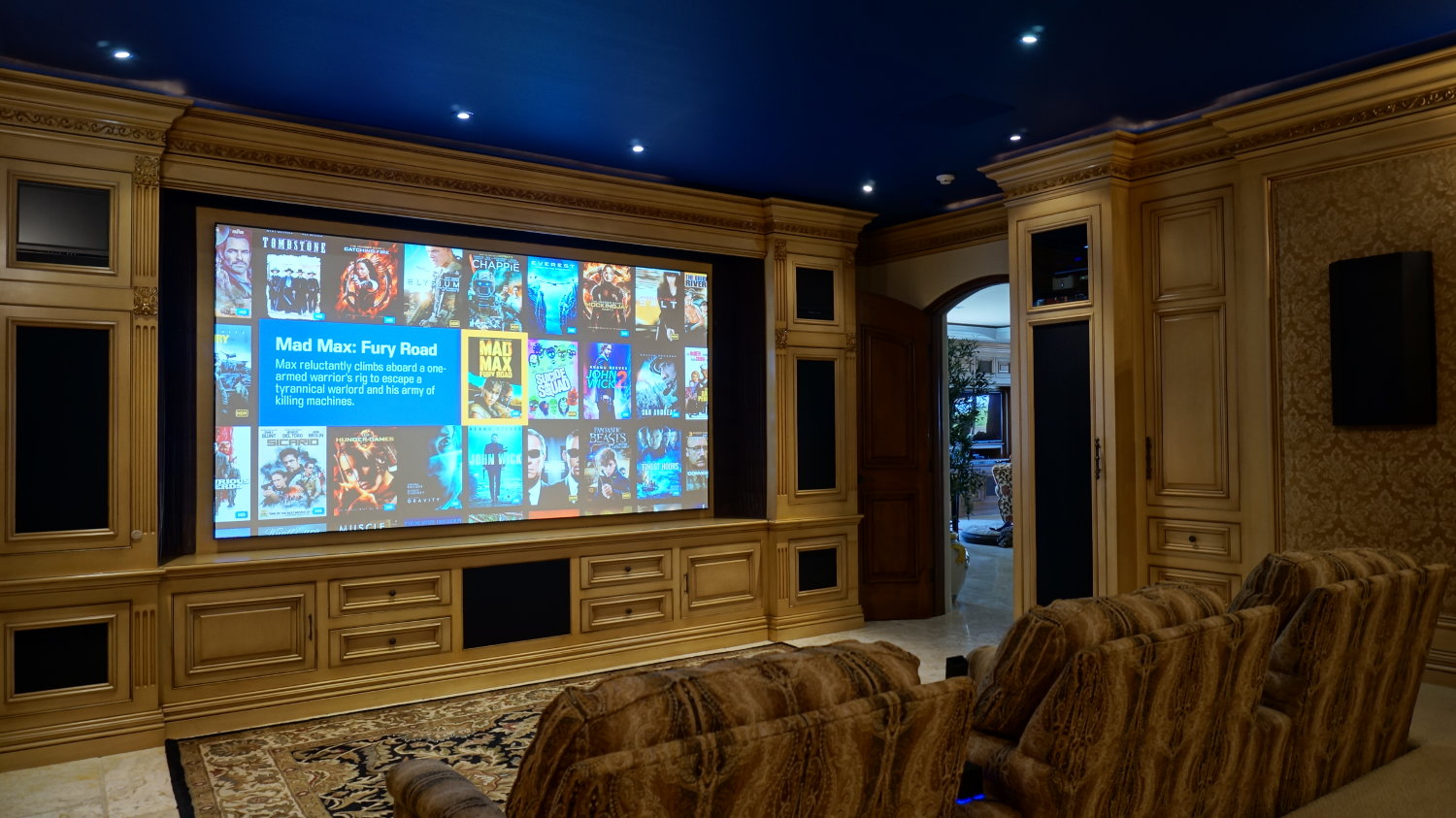
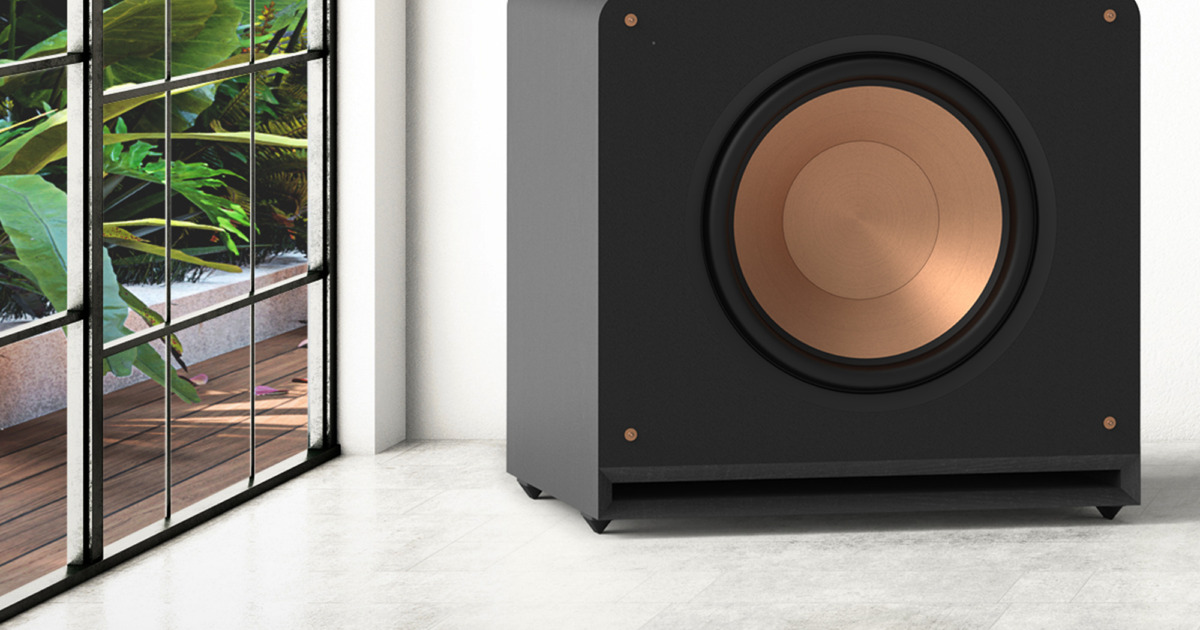

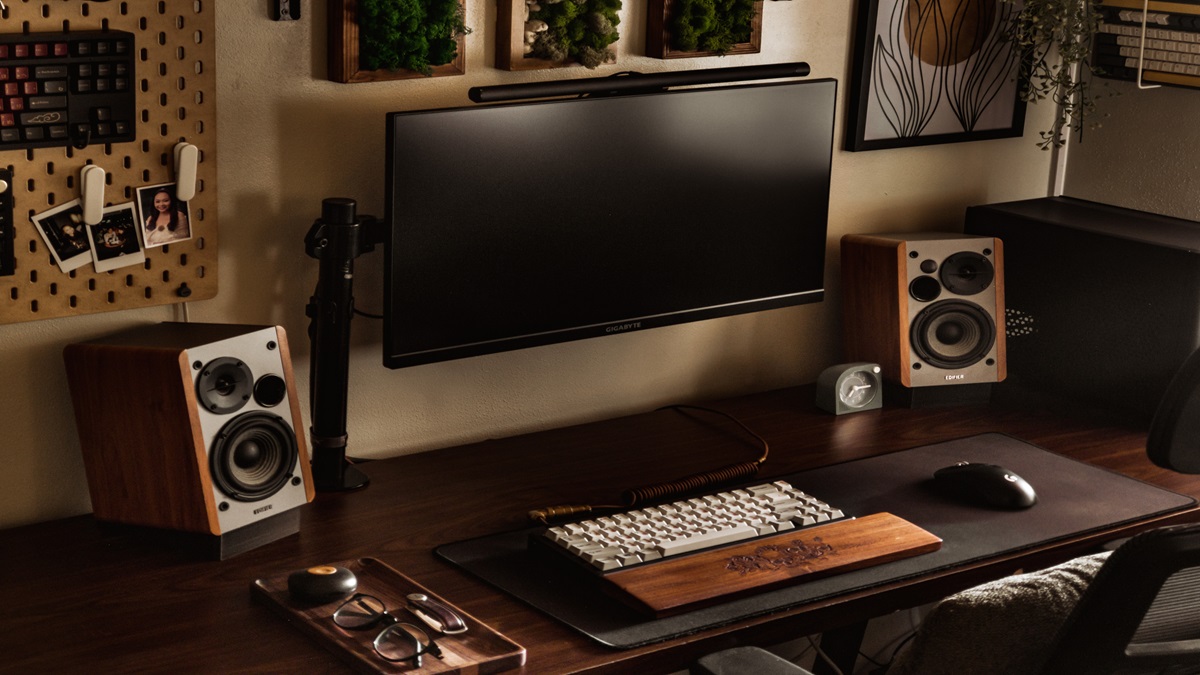
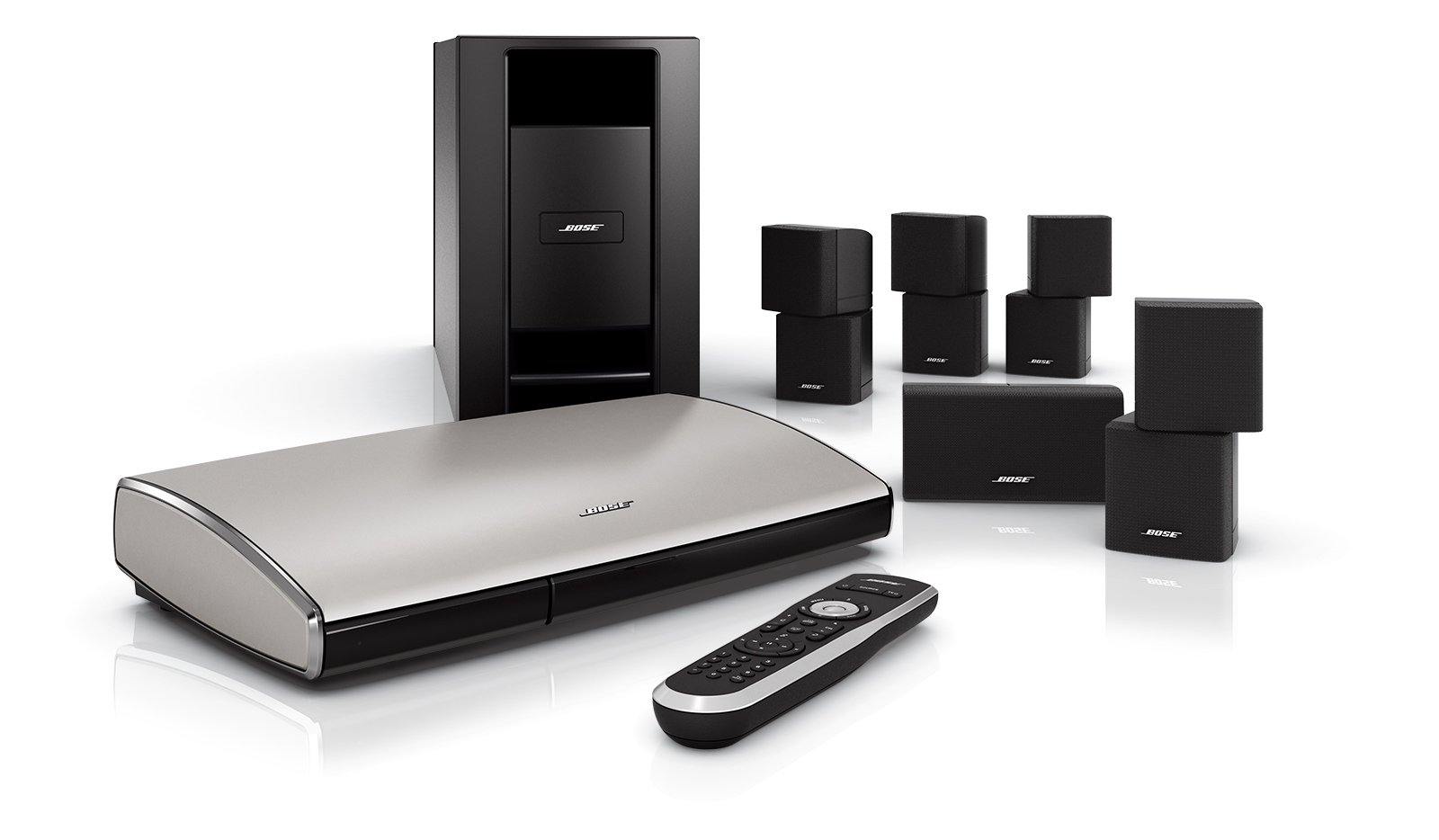
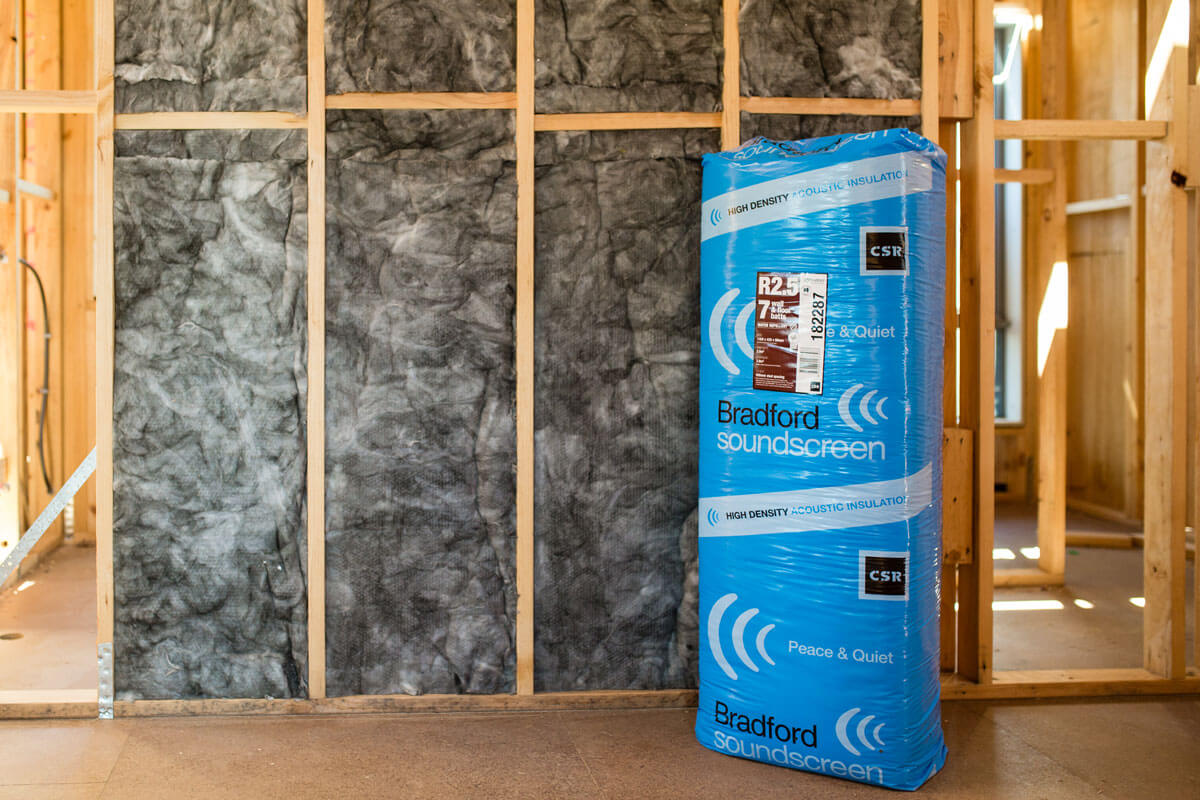
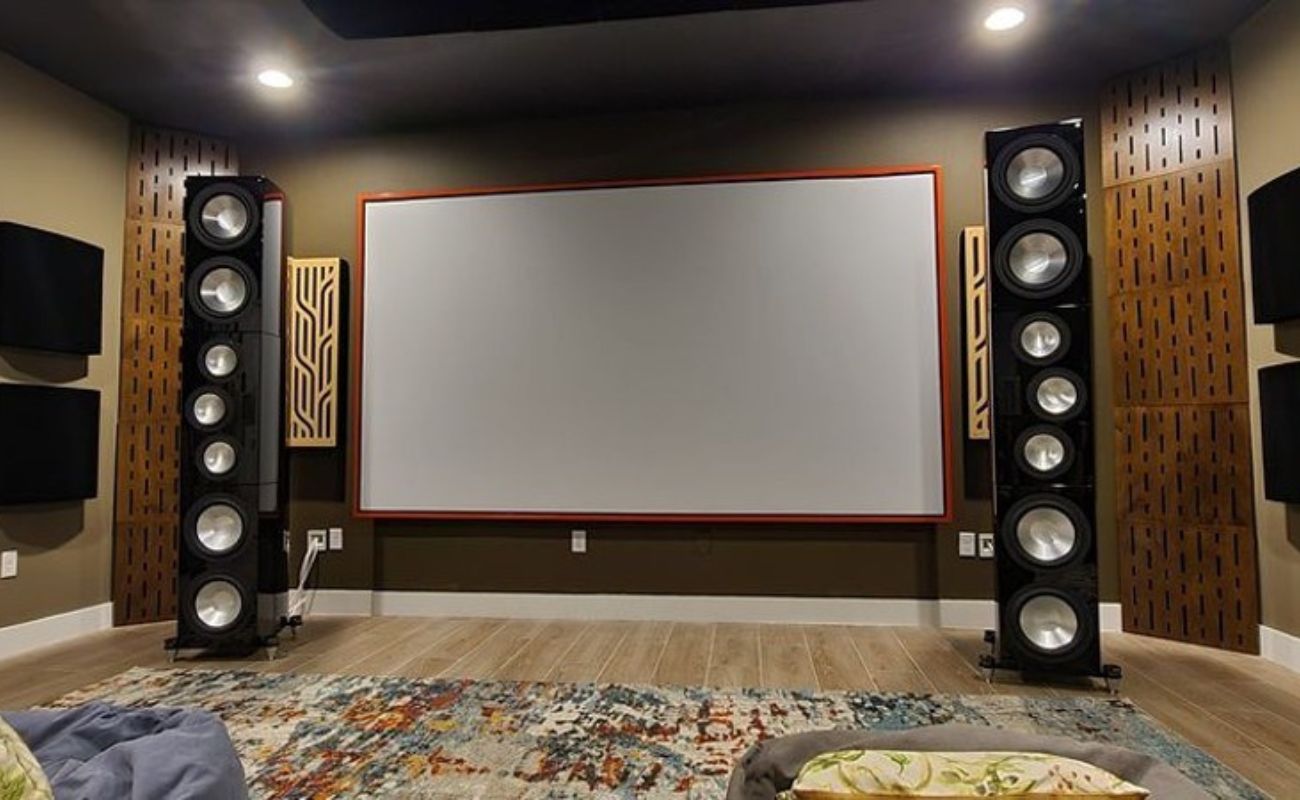
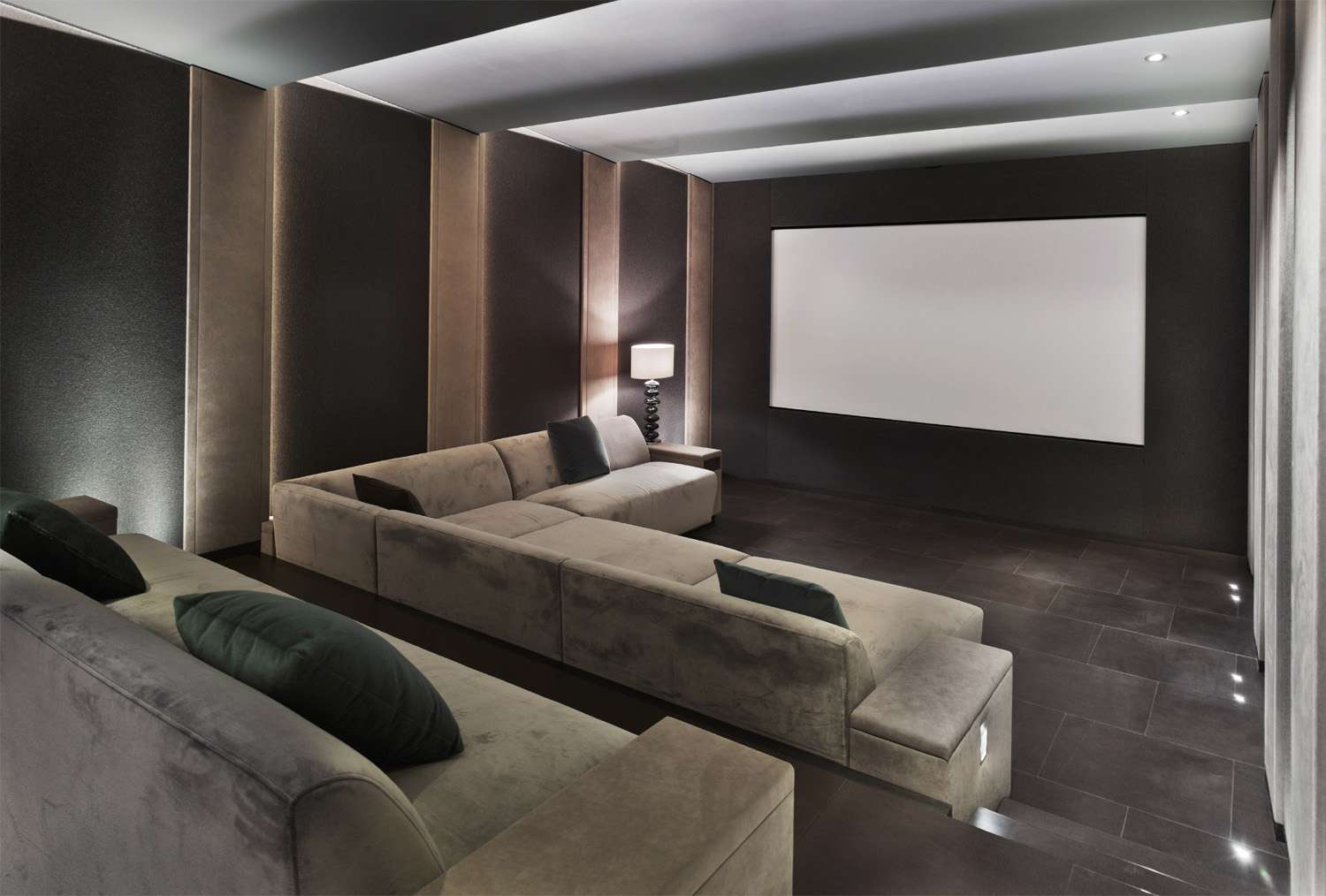

0 thoughts on “How To Set Up A Home Theater Surround Sound System”